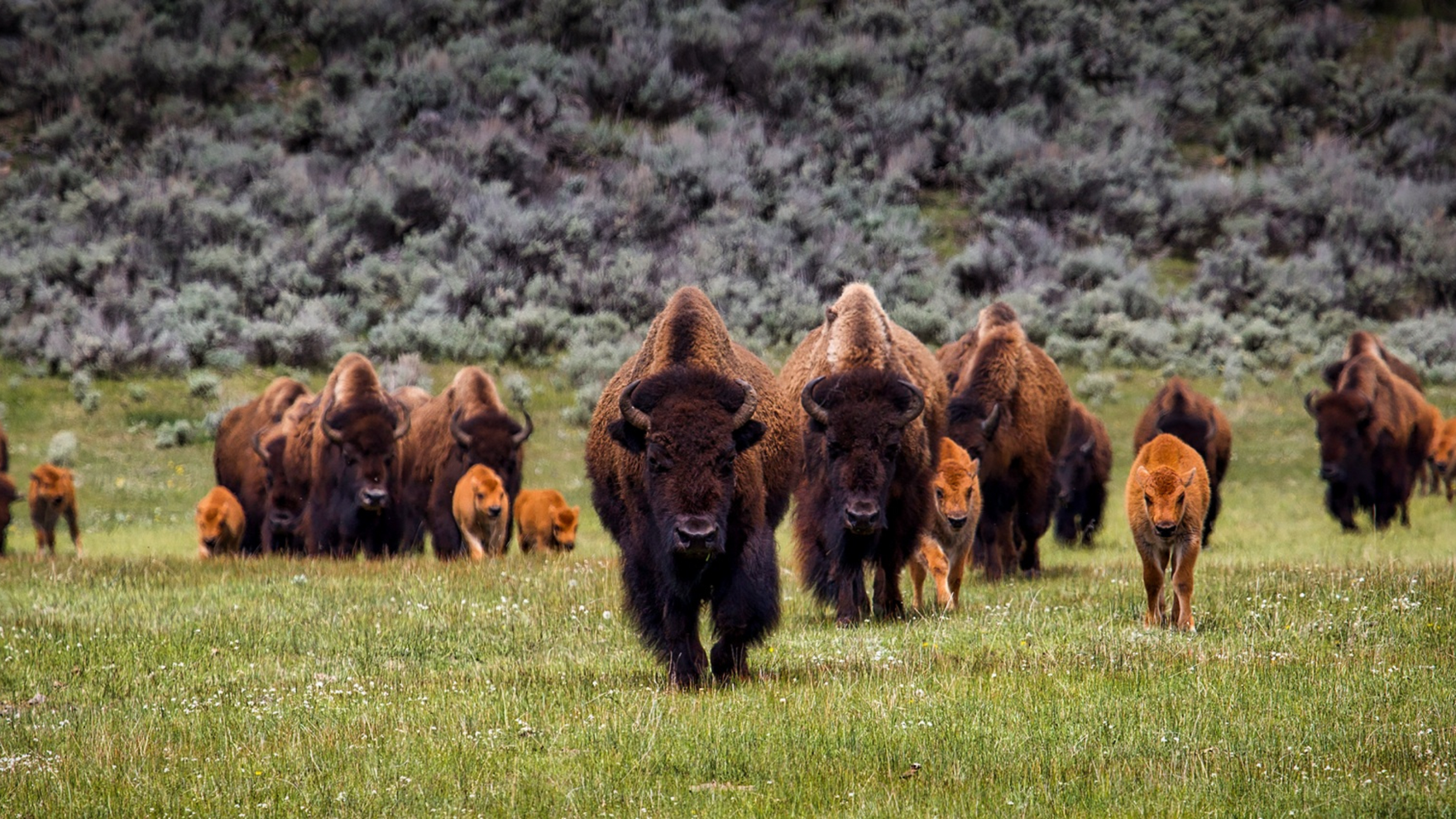In 1842, a party of 600 Metis hunters were at the headwaters of the Sheyenne River and while out on the chase the Sioux came and killed 150 women and children. The Lavallée Massacre, is a significant and tragic part of Métis history, highlighting the dangers and challenges faced by Métis communities in the 19th century.
This event underscores the volatile nature of relations between different Indigenous groups and Métis people during this period, particularly in the context of the fur trade and territorial disputes.
In the early 19th century, the Métis, a new Indigenous people who emerged from the unions between European fur traders and Indigenous women, primarily from Cree, Ojibwe, Saulteaux, and Dakota nations, were becoming increasingly distinct in their identity and way of life. They were known for their roles as buffalo hunters, traders, and middlemen in the North American fur trade.
The Métis developed a unique culture that blended European and Indigenous elements, with their own language (Michif), traditions, and social structures.
The event at the Sheyenne River headwaters in 1842, involving the attack on a large group of Métis hunters by Sioux warriors, reflects the complex interplay of competition for resources, territorial claims, and the impact of European colonialism. Such incidents were part of the broader context of conflict and cooperation among Indigenous peoples and between Indigenous peoples and European settlers across North America.
The Lavallée Massacre, specifically, is a poignant reminder of the hardships and violence faced by the Métis during this era. It also highlights the resilience of the Métis people, who, despite such tragedies, continued to establish vibrant communities, maintain their cultural practices, and play a pivotal role in the development of Canada and the broader North American region.
This event, like many others involving Métis and Indigenous peoples, emphasizes the importance of remembering and honoring these stories as part of a larger effort to acknowledge the historical injustices faced by Indigenous communities. It serves as a call to remember the resilience and strength of the Métis people in the face of adversity, and to ensure that these aspects of Canadian history are not forgotten.

